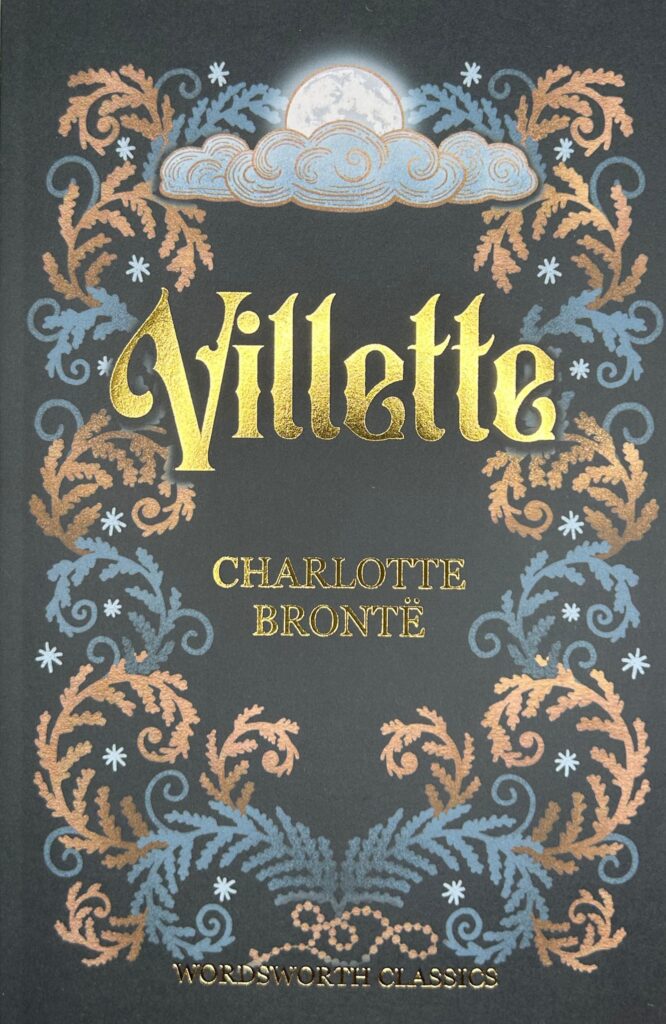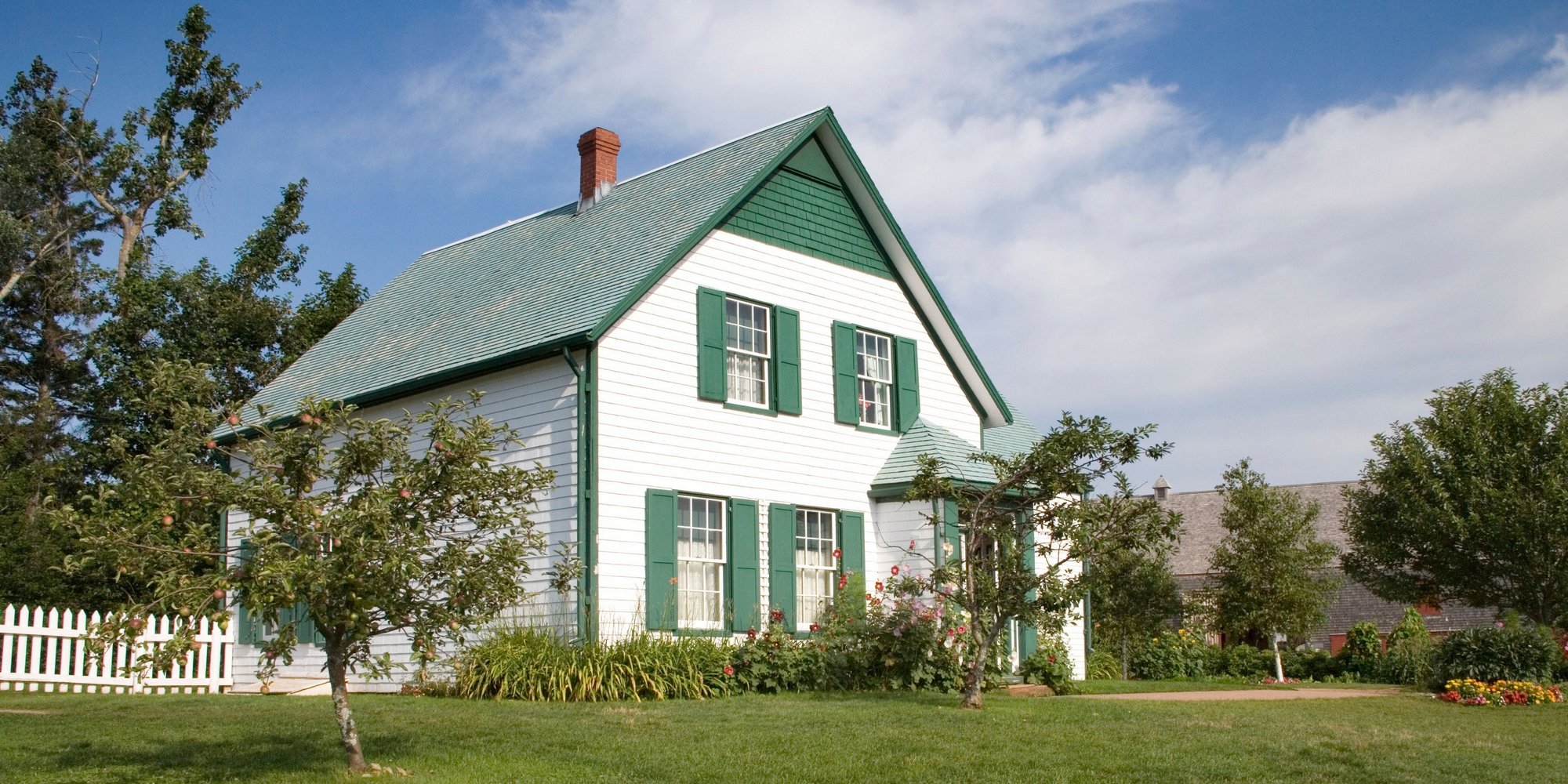
Reading in lockdown
Consolation or confrontation? Sally Minogue looks at a few options.
We are reading more in lockdown, apparently, or at least 30% of us are, according to a survey for World Book Night a week ago. The figures for those aged between 18 and 24 are even more heartening – 45% of them are reading more. So as the oldies amongst us turn to our tablets in a frantic scramble for exercise or keeping in touch, the younger generation is turning to that best of virtual worlds – the book. None of this is very surprising. When I was an adolescent, I was a voracious reader, to the extent that the world around me would disappear. That was largely because there was little else to do, or little else as appealing. I was the youngest child, my siblings had departed to their grown-up lives, and I lived in a small Yorkshire village with rudimentary transport links (no car, of course). The summer holidays meant either the pleasures of ‘playing out’ – i.e. being gone all day with a troupe of other village kids, roaming the local countryside; or, as a reliable alternative, sinking into a book. Both activities involved the world of imagination; but as I grew into my teens, the lure of language led me deeper and deeper into fictional worlds. In lockdown, we have the time, we have the need, and the getting and spending that takes up so much of our days is denied to us, so we have the opportunity. Writers are coming out of every nook and cranny to suggest what to read, to give us extracts from their writings in their own voices, to launch their new books into a world where no-one can go to their book tours or see them at festivals. Meanwhile, we the readers have turned in on ourselves, and the book is the perfect medium for that.
One thing that does surprise me is the popularity of books such as Albert Camus’ The Plague, and Daniel Defoe’s Journal of the Plague Year. Really? I can barely bring myself to listen to the news, with its mechanical lists of the huge numbers of dead and dying, the modern equivalent of ‘Bring out your dead!’ Why anyone would want to visit it imaginatively as well, I can’t – well, I can’t imagine. Camus is a particular puzzle; I wonder what readers pulled in by the title make of this existentialist, nihilistic work. Defoe perhaps makes more sense: the rampages of the bubonic plague were so much more extravagant, and the defences against it so minimal, that we can winkle out some small superiority and comfort, as we hunker down in our solid houses, in the hope of a vaccine coming along. This is, after all, the 21st century.
In truth, this virus has swept away most of our certainties, and the reason we are so tired by the end of the day is that we are putting so much effort into pretending to be normal. So – let’s return to the constant power of reading in these testing times, both its consolations and its confrontations. I’m going to start with the consolations, which are many and great. To that end, I want to begin with a children’s book, partly because it strikes me that children could be having a pretty horrible time in all this. To set against that, childhood – see above – is the time when we really can lose ourselves in the worlds created by books, and in books themselves, and nothing better for that than a whole world created by a series of books. Here I’m thinking of Anne of Green Gables, and the sequels which follow Anne’s fate from childhood to adulthood (and eventually to motherhood). Anne of Green Gables we may read as children, then follow to Anne of Avonlea as we grow up with Anne, and her first tentative moves towards love, and her first experiences of true loss. L. M. Montgomery creates a whole neighbourhood, for British readers another country, a way of life, and a beautifully conjured landscape, within which Anne sits as a somewhat contrary figure. She is no Pollyanna, indeed she is often at odds with the world, and there is hard realism as well as proper sentiment in the novels. Montgomery averred that ‘I did not write Green Gables for children.’ The perfect crossover novel, then, and one for parents and children to share, perhaps reading together.
A novel with a child at its centre, but emphatically not a children’s novel, is Rudyard Kipling’s Kim. Only seven years separate Kipling’s novel (1901) from Montgomery’s (1908) but they are, in all senses, worlds apart. Kim, like Anne, is an orphan, and there’s something interesting there for the writer – think of Jane Eyre and David Copperfield. But Kim’s orphanhood extends to his national, even his racial, identity. ‘Though he was burned black as any native; though he spoke the vernacular by preference, and his mother-tongue in a clipped uncertain sing-song; though he consorted on terms of perfect equality with the small boys of the bazar; Kim was white – a poor white of the very poorest.’ He is looked after by an opium-smoking half-caste woman, his Irish soldier father having died in the grip of the same habit, and his mother before that of typhoid. Kim is both displaced, and yet fully placed, entirely at home in an India where he can be both white and not, speak his ‘own’ language and not. The sweeper he accosts to get him help, when he is a sort of captive with his father’s regiment, understands this: ‘ “There is a white boy by the barracks waiting under a tree who is not a white boy”, he stammered to the first bazaar letter-writer he came across’.
One of the pleasures of the novel lies in its attempts to represent spoken language, and especially Kim’s strange mixed language. The Indian vernacular is his first language, his sing-song version of English reinforcing that; indeed his ‘progress’, pressed into becoming a Sahib as he grows out of childhood, is mapped by his ‘learning’ English. The texture of linguistic representation in the novel, bursting with a mix of languages and pronunciations, often appealing to the ear as well as the eye is also formative in our understanding of the two key characters. Kim is both at home in Lahore, but adrift, when he accidentally meets his lama, the Buddhist seeker of the source of wisdom in the River of the Arrow, Kim’s spiritual and then his adoptive father. While Kim slips easily between the vernacular and his Indian form of English, the lama speaks ‘a bewildering mixture of Urdu and Tibetan’, and together they span the multitudinous world of India. This is a picaresque novel, as they move, sometimes by the bewilderingly speedy ‘te-rain’, more often on foot, back and forth between plain and hill, their many encounters and periods of absence from each other framing the narrative.
This is also, like Anne of Green Gables, a growing-up novel, so as Kim develops we go along with him. But essential to the charm of the novel is Kim’s innocence throughout. Without that, we might have to bow to the now-standard criticism that this novel is inherently imperialist, and gives a simplistic view of India influenced by orientalism. But Kim is, if formed by colonialist forces and assumptions, himself entirely unaware of them. He roves through his land – and it is his land, not because he is English, but because it is the land that has formed him and of which he is a part. This is a book about adventure, plenitude, freedom, wide wandering – everything in fact that is the opposite of lockdown. Most of all it is about joy and love, Kim and his lama each giving up what he is seeking for the sake of the other, and in so doing, each finding what they have sought.
Kim then represents the power of reading to allow us to escape into another world entirely different from the one we inhabit, but in doing so to re-learn those essential values that can be found in our own world, however, that is reduced for us at the moment, and where that very reduction can accentuate the small moments of intense joy and understanding, even epiphany. However, we might take another path, and go to works which embody and investigate social isolation and imaginatively represent its nature and effects. One such work is Henry David Thoreau’s Walden. Walden is the record of Thoreau’s deliberate experiment in self-isolation. He is bracing in his attack on the ways of civilization, and a few pages of Walden will put you right if you think you are truly experiencing hardship at the moment; most of us are, after all, getting plenty of food and drink, and delivered to our doorsteps! He, by contrast, makes his own shelter, grows his own food, battles with the elements, in a self-imposed attempt to place himself back as a ‘poor, bare, forked animal’ (King Lear), to find his true self through the hardships of withdrawal and self-sufficiency. Here is Thoreau’s manifesto:
I went to the woods because I wished to live deliberately, to front only the essential facts of life, and see if I could not learn what it had to teach, and not, when I came to die, discover that I had not lived. … I wanted to live deep and suck out all the marrow of life, to live so sturdily and Spartan-like as to put to rout all that was not life, to cut a broad swath and to shave close, to drive life into a corner, and reduce it to its lowest terms.
Thoreau’s high-minded retreat is part of a long tradition of asceticism and self-denial, often associated with religious or spiritual questing, but in his case part of a secular Romantic tradition, in which closeness to nature plays a vital part. In his solitude, nature (or for Thoreau, Nature) becomes a friend. Read his section on Spring, and you will recognize what we have all felt much more keenly this year, the relief and comfort of seeing new growth, of seeing leaves unfurl, blossom come and go, birds starting their nests and, yes, apparently, singing much more loudly than before! Here is a small extract:
The symbol of perpetual youth, the grass blade, like a long green ribbon, streams from the sod … lifting its spear of last year’s hay with the fresh life below. It grows as steadily as the rill oozes out of the ground … So our human life but dies down to its root, and still puts forth its green blade to eternity.
No surprise that this has echoes of Whitman – they are contemporaries – but also this tradition of withdrawing back to nature, finding one’s roots as a human animal, is a highly literary one. If it sounds a little high-flown, remember that Thoreau spent just over two years living on Walden pond, but many more years back in society writing about it. And rumour has it that from time to time during his retreat, he sidled back to his home town Concord nearby, for his dinner! Most importantly, Thoreau’s isolation was self-imposed; ours isn’t. However, this is a book which captures many of the good things we have learnt in isolation, ‘to see the world in a grain of sand’ (Blake), to take time and listen to the sounds of the natural world, even from our balconies or in our small urban gardens, and to learn once again the skills of quiet reflection. Thoreau it was who averred that ‘the mass of men lead lives of quiet desperation’; by that he meant that we spend much of our time on activities that do not bring any lasting satisfaction, and under the apparently happy surface of our lives lurks an ‘unconscious despair’. We do not have to agree with that; but in these unusual times, given the space to reflect on the lives we usually live, most of us will at some point have asked ourselves, as he does, ‘Why should we live with such hurry and waste of life?’ Walden provides an optimistic and uplifting alternative and shows that there can be value in temporary isolation.
I’ve so far emphasized the consoling and expansive qualities of literature and tried to skew my discussion somewhat awkwardly towards what benefits we can find in our current situation. But perhaps the most powerful works of literature are those that confront us with a brilliant evocation of a truth we would rather turn away from. Paradoxically, reading such an evocation, painful as it may be, itself carries a second-order satisfaction. Even as we flinch, we may admire. The best evocation of isolation, and the loneliness and despair it can bring, is in Charlotte Brontë’s Villette. Her extended exploration (Chapter 15) of Lucy Snowe’s dark night of the soul, when she is left alone in the deserted school for the long vacation, begins thus (Lucy is the narrator):
My heart almost died within me; miserable longings strained its chords. How long were the September days! How silent, how lifeless! How vast and void seemed the desolate premises! How gloomy the forsaken garden … Looking forward at the commencement of those eight weeks, I hardly knew how I was to live to the end … Even to look forward was not to hope: the dumb future spoke no comfort, offered no promise … Alas! When I had full leisure to look on life as life must be looked on by such as me, I found it but a hopeless desert: tawny sands, with no green field, no palm tree, no well in view.
Well, these thoughts we may have had only in the briefest moments of lockdown, but we would not be normal human beings if we did not glimpse them. You may think, as I do about reading Camus and Kafka, enough to have those thoughts – I don’t want to see them represented. But the beauty of Brontë’s novel is that it takes us into this wilderness, but then it takes us out of it, as it takes Lucy, into a fairer and better future. It is a hard read, especially at this time, but it is an empowering and sustaining – even a hopeful – one.
So whether we skim along with Anne in her exuberant imagination, or stride alongside Kim and his lama, seeking if not finding the place of enlightenment; stand in Thoreau’s shadow gazing deep into Walden pond, or plumb Lucy’s despair, then burst out of it like a swimmer who has been too long underwater and gasps lungfuls of fresh air – we will find a place like no other, between the pages of a book.
Wordsworth Editions publish all the works mentioned above, with the exception of Thoreau’s Walden, Camus’ The Plague and Defoe’s A Journal of the Plague Year.
Image: Green Gables House, Cavendish, Canada Contributor: David A Eastley / Alamy Stock Photo
Books associated with this article
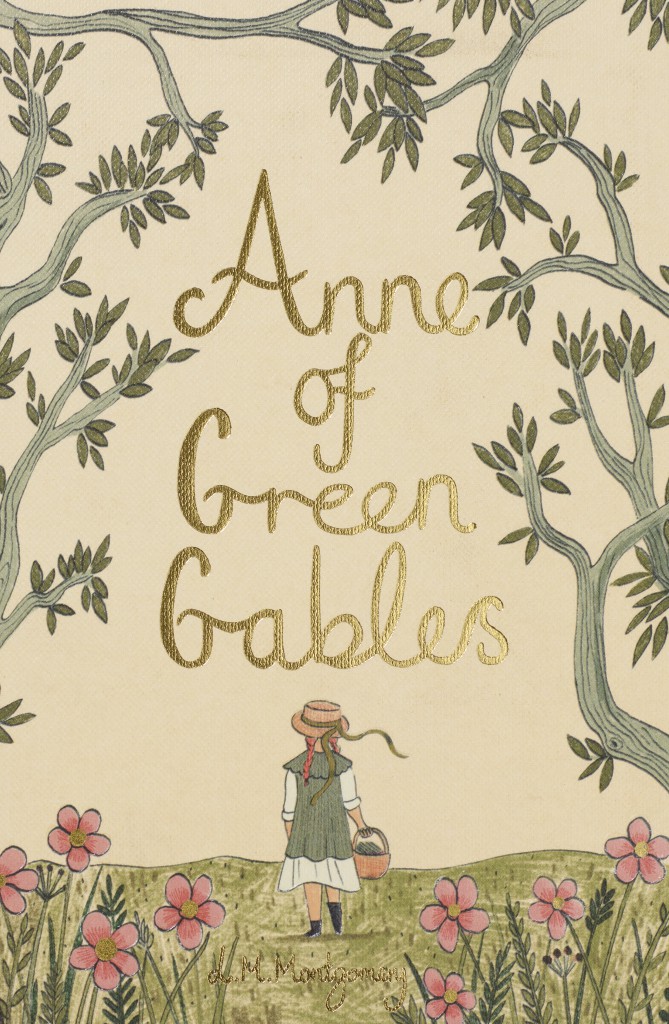
Anne of Green Gables (Collector’s Edition)
Lucy Montgomery
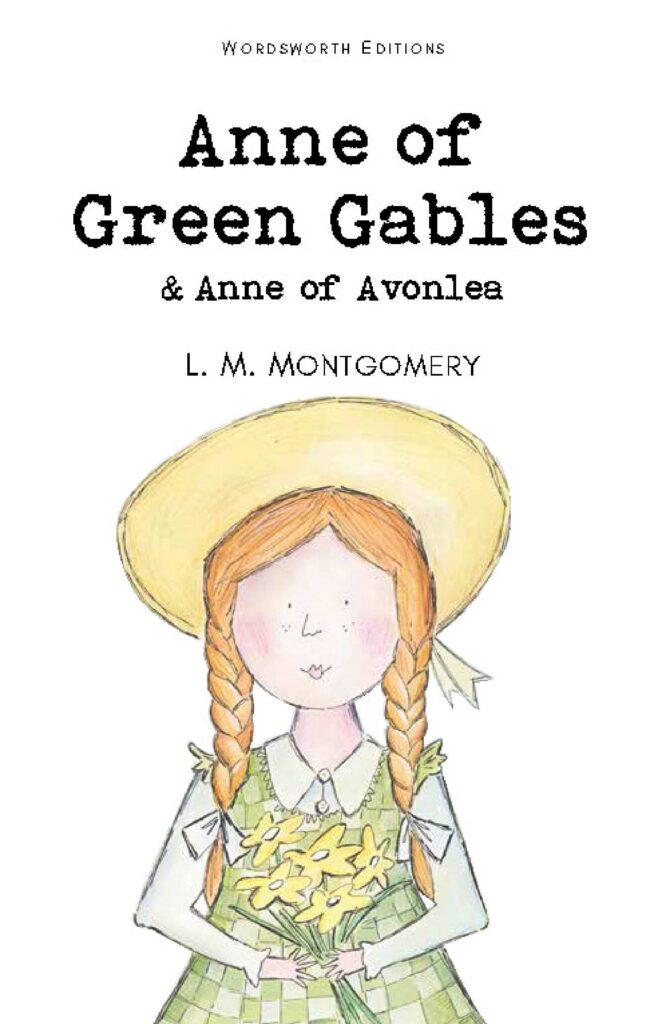
Anne of Green Gables & Anne of Avonlea
Lucy Montgomery
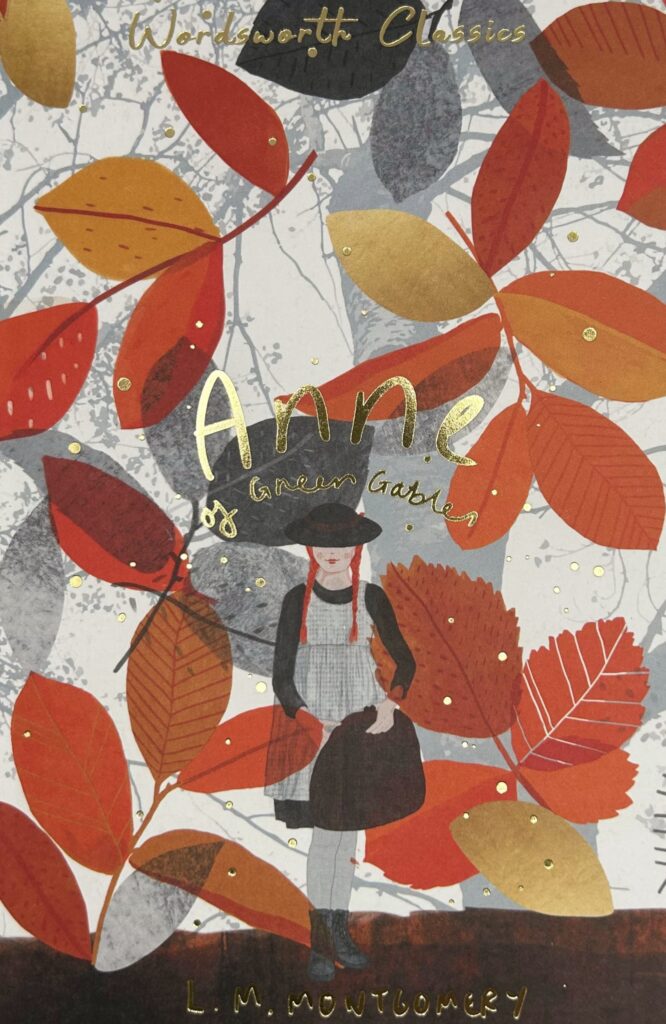
Anne of Green Gables & Anne of Avonlea
Lucy Montgomery
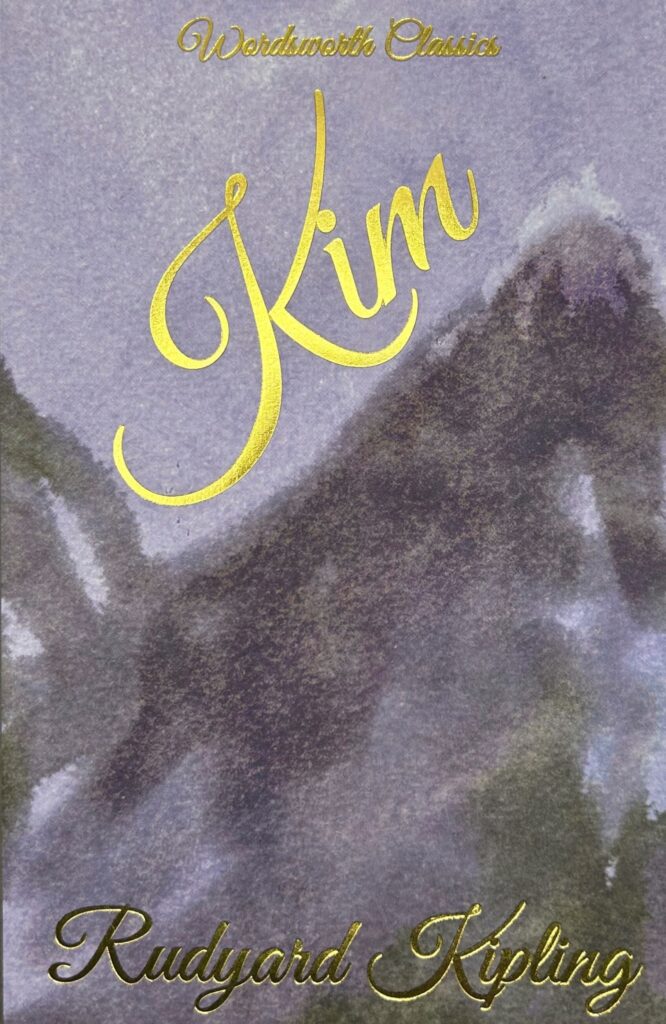
Kim
Rudyard Kipling
